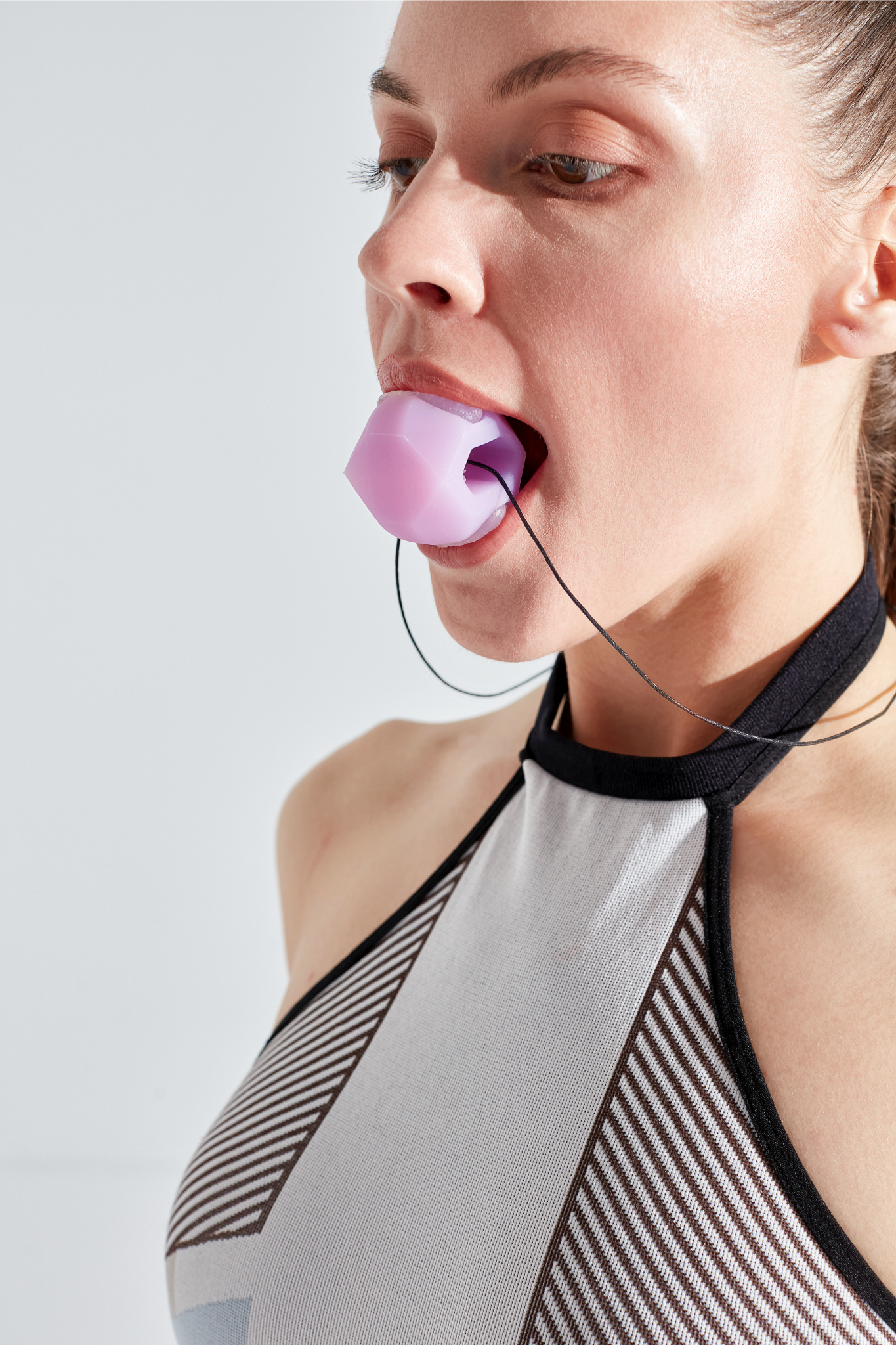What Is Mewing? Evidence, Safety Tips & How to Do It Right

What Is Mewing? Evidence, Safety Tips & How to Do It Right
Mewing is a tongue-posture technique: the entire tongue rests on the palate (including the back of the tongue toward the soft palate) while you breathe through the nose and keep an aligned head–neck posture. You’ll see claims online about “reshaping the jaw,” but in adults there’s limited high-quality evidence for permanent bony changes. Still, nasal breathing, tongue posture, and postural awareness can feel helpful for some people.
Quick takeaways
- Mewing = whole tongue on the palate, lips closed, nasal breathing, teeth lightly touching or apart—no clenching.
- No-pain rule: pressing or grinding is not mewing.
- Evidence: adult aesthetic/skeletal change claims are weakly supported; posture/breathing awareness may help comfort.
How to mew (gentle 4-step method)
- Set up: Stand or sit tall. Jaw relaxed, shoulders easy.
- Tongue placement: Touch the tongue tip to the palate just behind the upper front teeth (not on the teeth), then spread the whole tongue upward toward the soft palate.
- Teeth & lips: Lips closed. Teeth may lightly contact or stay slightly apart—do not clench.
- Breathe: Quiet, rhythmic nasal breathing. Don’t poke the chin forward; lengthen the back of the neck.
Duration: Start with 2–3 sessions per day, 2–5 minutes each. Stop if you feel pain or excessive tension.
Who should avoid it?
- Active TMJ/TMD pain, jaw locking, or limited opening,
- Significant bruxism (night clenching/grinding),
- Orthodontic appliances (without provider approval),
- Persistent nasal obstruction or sleep apnea (seek ENT/sleep care first).
What does the science say?
Studies in children/teens suggest tongue posture and breathing can influence growth patterns. For adults, strong evidence that mewing remodels bone is limited. That said, focusing on nasal breathing and posture can offer functional benefits for some people.
Mewing vs. JawForm — what’s the difference?
- Mewing: posture/breath work for the tongue; no equipment.
- JawForm: FDA-compliant silicone bite pads used for muscle training (resistance exercise). It doesn’t claim bone changes; the goal is muscle control and conditioning.
If you use JawForm, follow the boil-and-mold instructions carefully and choose your training level gradually.
Common mistakes
- Clenching: mewing isn’t pressing hard; it’s a gentle tongue contact.
- Pushing through pain: stop and seek advice if you get pain, locking, or headaches.
- Overpromising: expect posture/breath benefits; dramatic bone changes are unlikely in adults.
Mini daily routine (5–7 min)
- 1–2 min quiet nasal breathing (lips closed).
- 2–3 min gentle mewing posture (pain-free).
- Optional: 3×10 s wall chin tucks to cue head–neck alignment.
FAQ
How long until I notice changes?
Varies widely. Posture/breathing awareness may be felt sooner; aesthetic change isn’t guaranteed.
Can you mew during sleep?
Control is limited in sleep; daytime practice may build an automatic habit over time.
Is it suitable for kids?
Only under professional guidance during growth.


